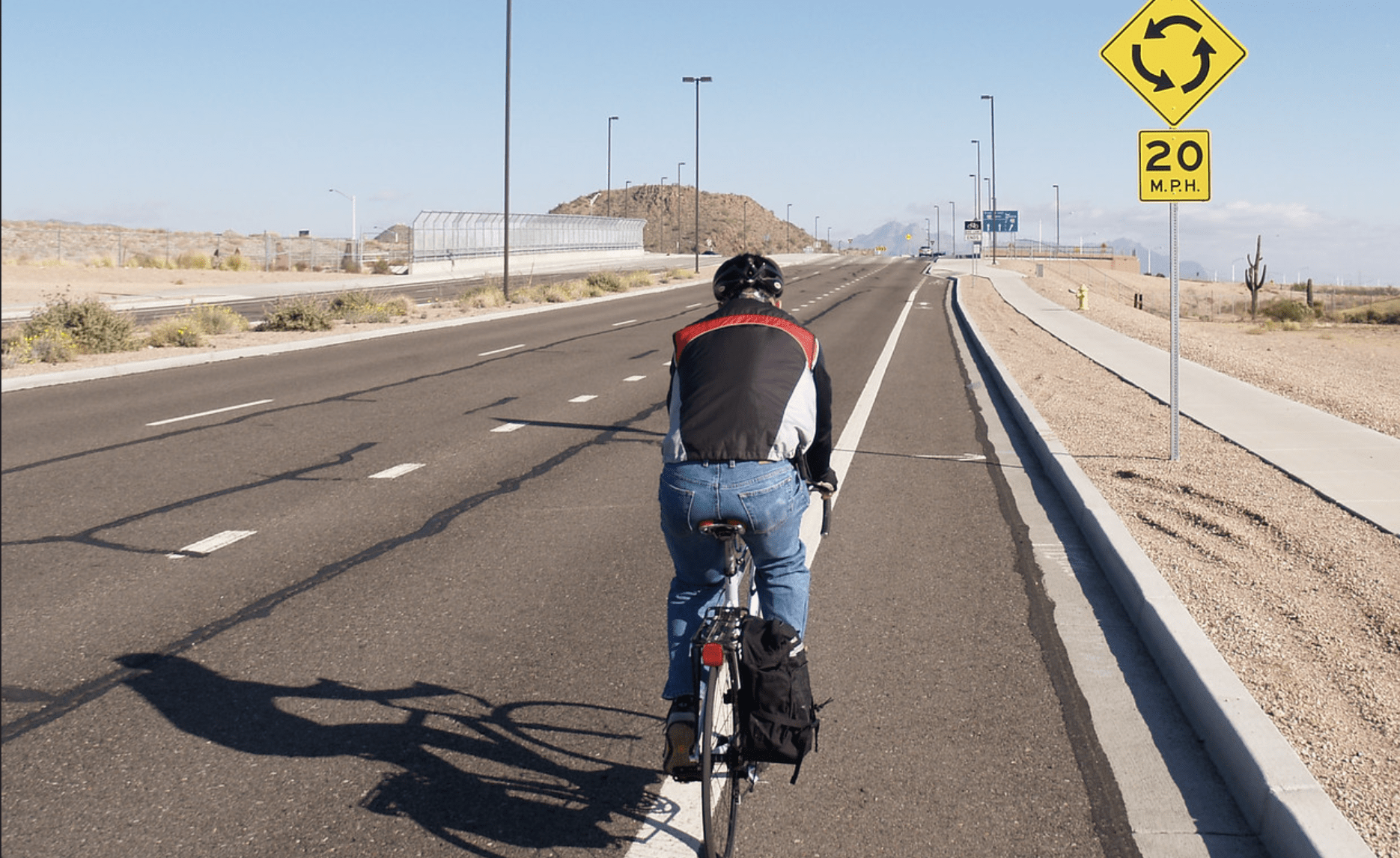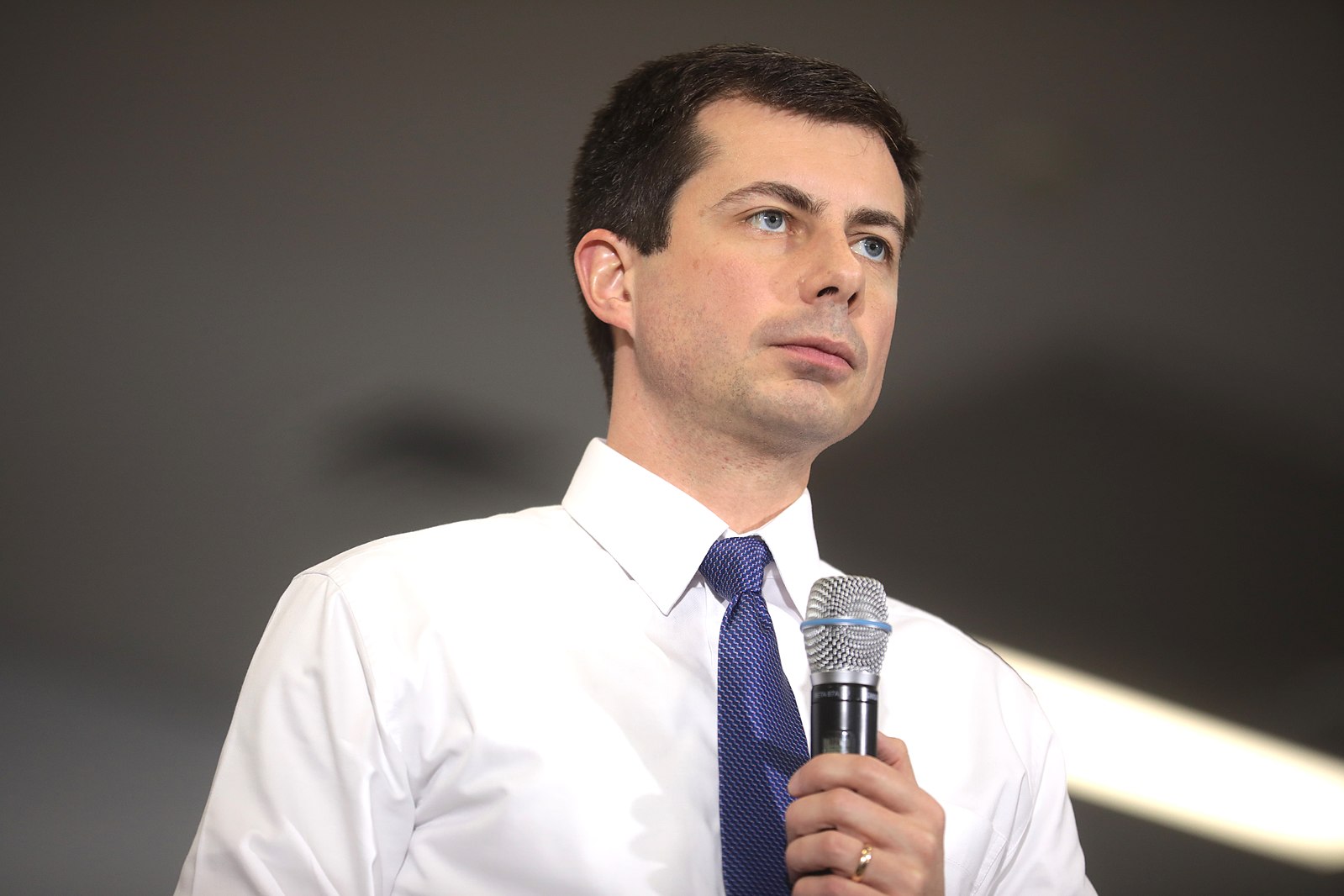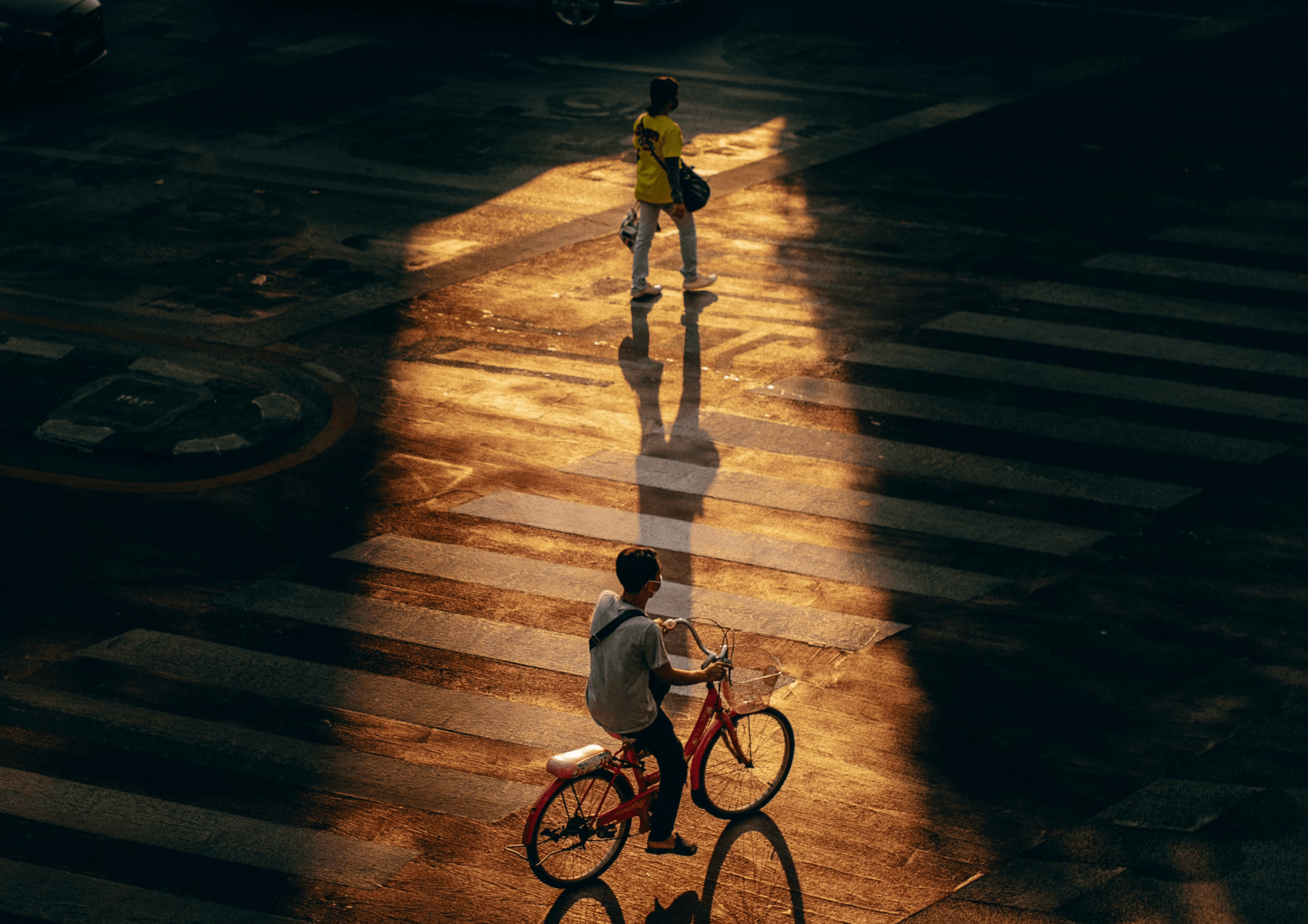Earlier this week we reported on Tulsa Mayor Dewey Bartlett's decision to prevent construction of a sidewalk on Riverside Drive that would provide walking access to a major new city park. Local advocates say the lack of a sidewalk will make the park harder to get to on foot, and they don't buy the mayor's explanation that people will be safer if there's no sidewalk tempting them to walk.

Residents who want the sidewalk have charged that the mayor nixed it after wealthy homeowners complained that it would attract "undesirables."
In response, Bartlett's office contacted Streetsblog, and the mayor himself insisted that his concerns about the sidewalk are purely safety related. He also said he isn't opposed to a sidewalk, but he wants to evaluate different options. Here's what he told us:
The street itself is very narrow and in rush hour traffic it’s very busy. I was born in Tulsa and I've lived here my whole life so I’m very aware of how fast people drive on that street. When the whole concept of the sidewalk came up... several people from the neighborhood, as well as several people that are the leaders of a very large homeowners association, expressed concern about the sidewalk, how it might impact their neighborhood.
One thing that did catch my attention, we had a discussion about the concern about public safety. The road itself has had numerous accidents.
The concept that was shown to me of a sidewalk, there’s a few feet between a sidewalk and a curb, and then a 3- or 4-foot-wide sidewalk. And then there would be a large fence. The problem to me is that if someone were to lose control at that point, and jump the curb there would be absolutely no way for a person walking to the park could escape. It could wipe out a lot of people. In the past month and a half there’s been three separate instances, three different cars have jumped the curb and driven into the sidewalk area and struck a telephone pole. If those were people they would have been hurt very badly and probably killed.
I asked Bartlett about implementing a road diet or other traffic calming measures to protect pedestrians. He said he's asked his planning staff and engineering staff to start evaluating options like that.
As part of the park project, Riverside Drive, which currently carries about 25,000 cars a day, will be widened by about five feet, and it will be closed to all traffic for at least 10 months. Bartlett said seeing how nearby streets respond to diverted traffic during the closure will help the city determine if a road diet could work on Riverside. He said the road could potentially be reduced from four lanes to two, and that the outside lanes could potentially be repurposed as parking lanes or bike lanes.
Still, he would not commit to providing a sidewalk, citing his desire to maintain "flexibility" before final decisions are made:
As all these things are evolving, I’m not getting stuck saying we have to wait till the park is finished, all I’m asking for is more flexibility. I’m just saying, let’s put everything on hold now so we can evaluate different possibilities.
Bill Leighty of the Smart Growth Tulsa Coalition, which has been leading the campaign for the sidewalk, says there's no sense in waiting and that the safety concerns aren't well-founded.




